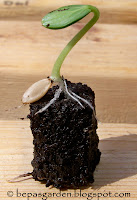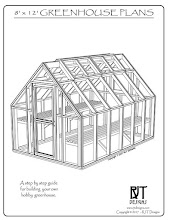What a busy year this is turning out to be! Not too long ago it was the middle of December and I was thinking that I had plenty of time to start planning the garden. Now it's almost the end of February and I am already behind on starting some of my seeds!
I started posting my Garden Journal thinking it would push me to schedule the gardening tasks, making it easier for me to get things done on time. It seems to be working as I have completed most of what I set out to accomplish in February.
I did find the time to update my seed database, order the remaining seeds and create my planting schedule, however I am already a few days behind starting seeds as I was hoping to start my kale, eggplant, onions, thyme, oregano, parsley, sage on the 22nd.
The other important task that needed to get completed was to create a new garden layout because I will be planting more vegetables and adding beds for cutting flower this year.
 |
| The new Garden Layout |
The new layout gives me about 1,200 square feet of vegetable gardens, plus additional beds for herbs and cutting flowers. I also figured in new beds to add a raspberry and blueberry patch. As soon as the snow melts and the ground thaws I will start double digging the new beds, building the new shed and fencing in the gardens. I also need to build the duck house as I am sure the boys are getting tired of going into their portable duck house in the garage at night!
~Rob~













































